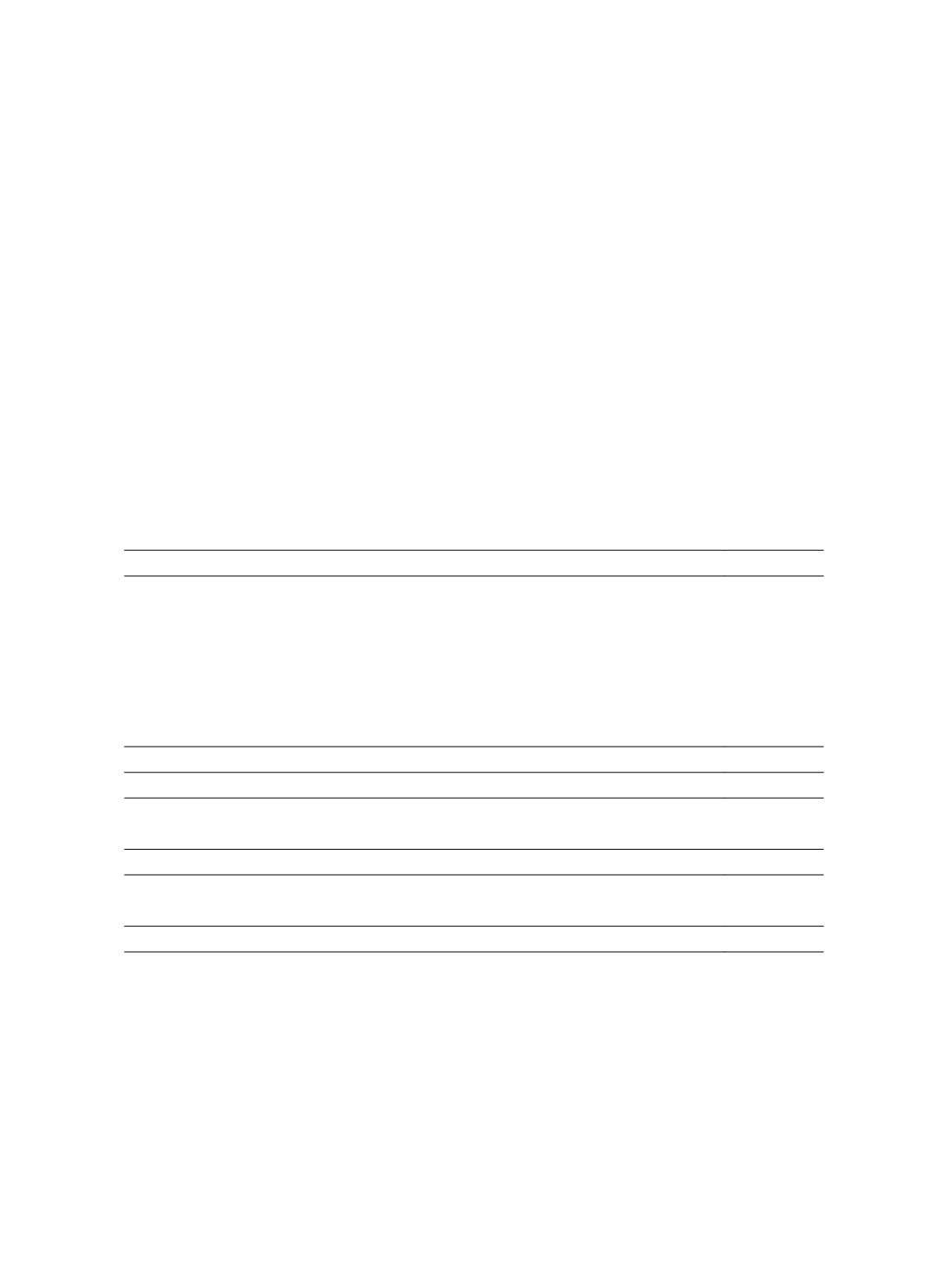

沙賓法
404
條及審計準則第
5
號是否會減少內部控制揭露錯誤?
266
Annual files, resulting in 50,304 company-year observations. Next, we delete foreign
companies, non-accelerated filers that are exempted from compliance with SOX 404, and
companies without necessary data for our empirical analysis. Further, prior studies show
that to circumvent compliance with SOX 404, companies may choose to stay small, go
private, or “go dark” (Gao, Wu, and Zimmerman, 2009; Engel, Hayes, and Wang, 2007;
Leuz, Triantis, and Wang, 2008). The incentives to circumvent the compliance of SOX
404 may have an effect on ICFR-disclosure quality; therefore, we drop companies which
had failed to consistently meet the accelerated-filer criteria (companies whose public float
is 75 million or more, as of six months before the fiscal year-end) during the period of
2004–2010. Finally, our sample covers 12,627 company-year observations. Table 1 shows
our sample-selection procedures and the sample composition in detail.
Table 1 Sample Selection and Composition
Panel A: Sample Selection
Initial sample of company-year observations covered by both Analytics and
Compustat from the period 2002–2010
50,304
Less: Foreign-company observations
(1,220)
Less: Companies observations without necessary data for our empirical analyses
(7,381)
Less: Non-accelerated filers
Less: Companies that did not continuously meet the accelerated-filer criteria from
the period 2004–2010
(10,555)
(18,521)
Final Sample
12,627
Panel B: Sample Composition
Company-year observations under the SOX 302 regime
2,722
Company-year observations under the SOX 404 regime
9,905
Total
12,627
Company-year observations to which AS2 is applicable
4,245
Company-year observations to which AS5 is applicable
5,660
Total company observations undergoing ICFR audits in our sample
9,905
3.2 Estimation Models
We use logistic regression to estimate the following models and the likelihood of a
company concluding that its internal controls are effective:


















